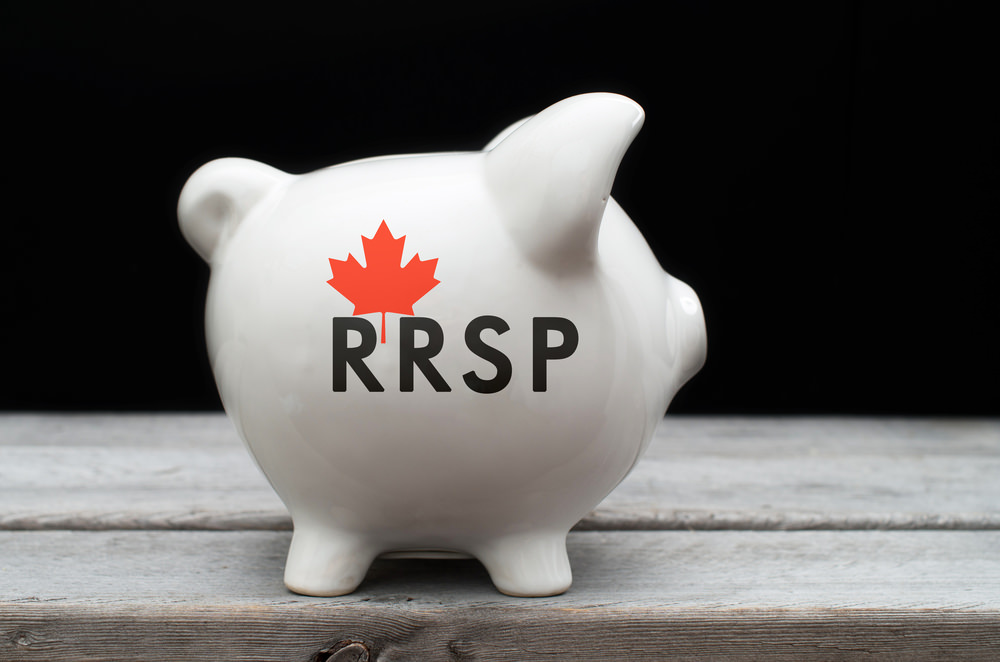The article “Managing Investment Income in Your RRSP” was originally published on MoneySense on November 3, 2015.
You won’t have to pay capital gains taxes within your RRSP— at least not yet
Q: My wife and I have moved all of our RRSP mutual funds to self-directed accounts, maintaining the protection of the RRSP and investing all the mutual funds in stocks that provide reasonable dividends of 4-5%.
Now that we have transferred our RRSP mutual funds, can we sell and buy different stocks within the RRSP accounts without incurring any capital gains? We are not interested in actually withdrawing any of the funds but simply reinvesting in different stocks to balance our portfolios.
— Kerry
A: Like many Canadians, you’re taking the first step to becoming do-it-yourself (DIY) investors – opening a self-directed brokerage account. DIY is not for everyone, but with a little knowledge, it can be an easier process.
As you’ve suggested, Kerry, transferring from RRSP to RRSP is a tax-free transaction that does not constitute a withdrawal. You can often transfer your investments “in kind,” meaning that the same investments from the transferring RRSP end up in the receiving RRSP. The one exception is if the receiving institution cannot hold the investments from the transferring institution. This may be the case if the investments are specific to that institution, like proprietary mutual funds, for example.
Capital gains are not a direct concern when it comes to your RRSPs. That is, if you sell an investment for a capital gain in your RRSP, that gain does not give rise to income taxes. Likewise, on the flipside, selling a losing investment does not give rise to a capital loss deduction – so it is just capital that is lost forever.
Indirectly, capital gains will give rise to tax someday, because your RRSP value will be higher and your tax on withdrawals during retirement or your eventual tax on death may be higher.
On that basis, if your asset allocation and your portfolio composition enables you to invest for capital gains in a non-registered or Tax Free Savings Account, it might be better to do so versus growing a large RRSP, Kerry.
The biggest cost that you need to look out for when transferring your RRSP and changing your holdings is deferred sales charges (DSCs). These fees may apply on the sale of certain mutual funds if you have held them for less than five years. From my experience, most investors don’t know they’re in DSC mutual funds, suggesting it was never explained to them when they purchased them (or were sold them) in the first place, scary as that is. Most investors who know what DSC mutual funds are would never buy them in the first place.
Now that you’ve confidently transferred your RRSPs tax-free, sold your investments with no risk of capital gains tax and are looking to reinvest, the next big concern I have for you, Kerry, is dividends.
You’re targeting stocks with “reasonable” dividends of 4-5%. Many investors – especially DIY investors – feel that dividends are the holy grail of investing. They’re a good sign that a company is stable and profitable, so they are certainly a starting point. But they’re not the be-all and end-all, especially if you’re just going for the stocks paying the highest dividends by default.
The top performing Canadian stock for 2014 was gaming company Amaya, surging 257% during 2014. Currently it does not pay a dividend.
The top performing U.S. stock for 2014 was Southwest Airlines, returning 125% on the year. Currently it is paying a dividend of 0.65% per share.
There are currently 16 stocks on the S&P/TSX 60 paying a dividend of more than 4%. Many are good, stable companies that could very well be good investment choices for you, Kerry. If you broaden your horizons across the entire TSX and S&P 500 to include smaller companies, there are plenty of high yielding stocks that may not be good options, paying high dividends simply because they’ve gone down in value and haven’t yet cut their dividends (think junior oil companies paying out more than they’re earning).
In summary, transfer that RRSP with confidence, sell those mutual funds without fear of capital gains and invest with a consolidated view of your entire portfolio, including your RRSP. When it comes to high-yielding stocks, they’re a good option, but don’t be blinded by dividends alone, Kerry.
Jason Heath is a fee-only, advice-only Certified Financial Planner (CFP) at Objective Financial Partners Inc. in Toronto, Ontario. He does not sell any financial products whatsoever.

